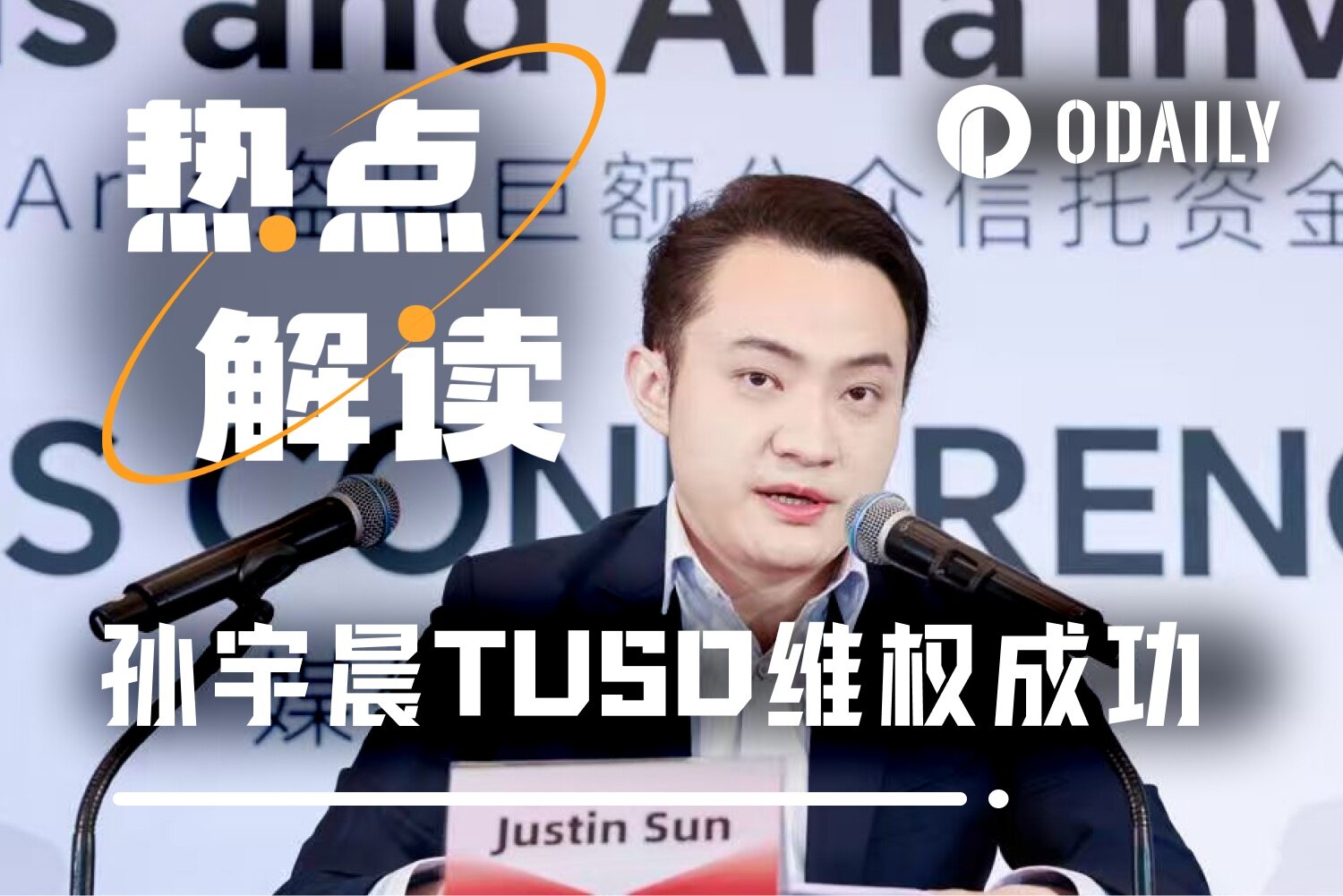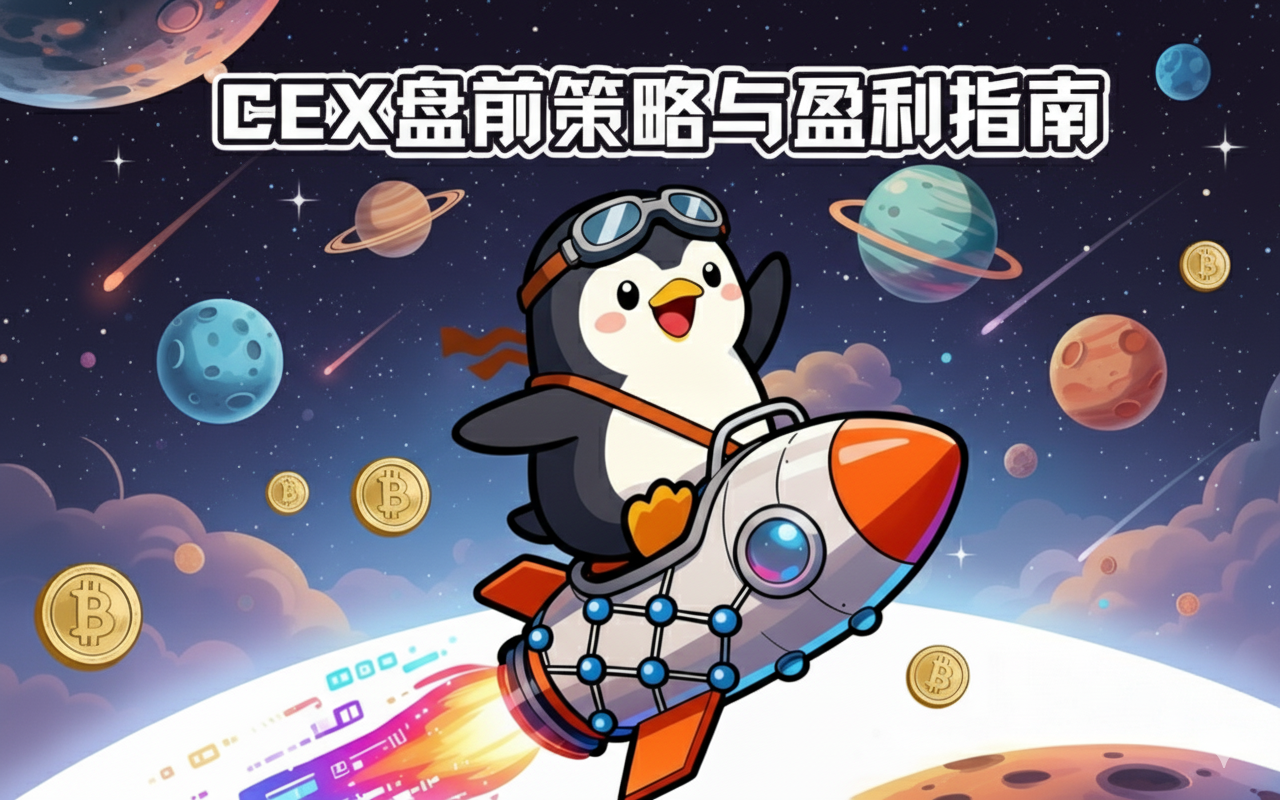Justin Sun helped TUSD successfully defend its global rights; what will become of stablecoin reserves after the freeze order?
Author|jk
Original article by Odaily Planet Daily ( @OdailyChina )
Introduction: The Industry Significance of a Historic Ruling
"Justice may be delayed, but it will never be absent." On November 13, Justin Sun, founder of TRON, posted a short but meaningful tweet on the X platform.
This statement is in response to a ruling by the Dubai International Financial Centre Court (DIFC): on October 17, the court formally issued an indefinite extension of the property injunction and global freeze order against Dubai trade finance company AriaCommoditiesDMCC, involving a sum of up to $456 million.
This marks the first time the DIFC has issued a freezing order globally in a case concerning stablecoin reserves. The judge's ruling explicitly stated that Techteryx (the owner of TUSD) had demonstrated "material matters requiring trial," and that the funds should be held in trust to prevent improper transfer or concealment of assets prior to the final judgment of the Hong Kong Supreme Court.
This case serves as a mirror, reflecting the deep-seated problems accumulated in the stablecoin industry after its period of unchecked growth: loss of control over custodians' power, cross-border regulatory arbitrage, and more importantly, it marks a turning point for the entire industry, moving from a "crisis of trust" towards "rule reconstruction." With the global stablecoin market capitalization exceeding $200 billion and becoming the infrastructure of the crypto industry, this battle over $456 million is essentially a contest over future stablecoin industry standards.
I. A major case of embezzlement and misappropriation of reserve funds, concealed for five years
Timeline
To understand the complexity of this case, we need to go back to 2020.
In December 2020, the Asian consortium Techteryx completed its acquisition of the TrueUSD (TUSD) stablecoin business, while entrusting TrueCoin, the original operating company located in California, USA, to continue to be responsible for reserve custody services and coordinate international operations. During this transition period, TrueCoin, in its trustee role, selected its partner, the Hong Kong-based trust company First Digital Trust (FDT), to manage over $500 million in fiat currency reserves of TUSD, and chose the offshore fund Aria Commodity Finance Fund (ACFF) as its primary investment product. The actual controller of this fund is Matthew Brittany, a British citizen.
Between 2021 and early 2023, the issues began to escalate. Court documents revealed that TrueCoin allegedly conspired with institutions such as FDT to transfer $456 million in TUSD fiat reserves in six unauthorized transactions to AriaCommoditiesDMCC, a Dubai-based company wholly owned by Cecilia Brittain, Matthew Brittain's wife, instead of the well-regulated Cayman Islands-registered fund ACFF. These funds were subsequently invested in highly illiquid global projects such as manufacturing plants, mining operations, shipping vessels, port infrastructure, and renewable energy companies.
Techteryx discovered that Aria Group was neither able to pay the agreed annual interest nor respond to the redemption request.
In July 2023, Techteryx officially took over full operational control of TUSD from TrueCoin and launched an independent professional team to conduct a comprehensive investigation into FDT. At the same time, to prevent losses for TUSD holders, Techteryx urgently quarantined 400 million TUSD to ensure retail users could still redeem their holdings. However, the company itself was unable to fill the reserve gap.
In 2024, Justin Sun intervened, providing Techteryx with a $500 million loan to protect the interests of all TUSD public holders. In September of the same year, the U.S. Securities and Exchange Commission (SEC) issued a public statement accusing TrueCoin of fraudulent activities during its entrustment of TUSD operations to Techteryx after the latter's acquisition, alleging that "TrueCoin profited by making false statements about investment security while exposing investors to significant, undisclosed risks."
In February 2025, Techteryx applied to the Dubai International Financial Centre Court for an injunction against AriaDMCC. After several months of hearings, the court finally ruled on October 17 to extend the global freeze indefinitely, marking the beginning of the legal accountability phase in a five-year case involving the misappropriation of reserves by the trustee.

Key details revealed
The details revealed in the court documents are shocking, exposing an elaborate network of fund misappropriation.
- According to the DIFC court judgment, Vincent Chok, CEO and director of FDT and LegacyTrust, not only approved these illegal transfers, but also colluded with partners of Singapore investment advisory firm Finaport to receive secret illegal kickbacks of over HK$100 million (approximately US$15.5 million) through GlassDoor, a company he controlled, which seriously violated the Hong Kong Trust Law and the Independent Commission Against Corruption's anti-commercial bribery ordinance.
- Matthew Brittain testified that Vincent Chok requested the illegal transfer of $456 million in reserves to AriaDMCC's private account, rather than a regulated Cayman fund, in order to "expedite the collection of secret kickbacks amounting to more than $15 million."
- Matthew Brittany testified that after AriaDMCC received the misappropriated TUSD funds from FDT, it carried out a "transfer" operation at the end of 2022—fabricating a completely new set of ACFF fund subscription documents to package the $456 million received by AriaDMCC as a "related loan" from the ACFF fund, and then "returning" it as AriaDMCC transferring "assets" to the Cayman fund. This act of forging documents after the fact was considered clear evidence of fraud in court.
- In its judgment, the DIFC court explicitly stated that the evidence obtained from the litigation documents supported Techteryx's claim that Vincent Chok, Matthew Brittain, and other involved parties "fully knew and conspired to commit fraud and actions that harmed Techteryx."
II. The Core of Stablecoins: The Cost and Value of Trust
This event, beyond the complex technology and regulations, illustrates that the core of stablecoins always revolves around one word: trust.
This serves as a warning that even the most sophisticated code cannot replace systems and integrity. When future CEOs accept huge kickbacks, or fund managers invest reserves in illiquid assets, technology is powerless to stop them—only laws, regulations, and ethics can.
This also highlights Justin Sun's crucial role in this incident. He is not a major stablecoin issuer; Tron is more of a circulation infrastructure provider. However, in the TUSD crisis, he pushed the case towards a judicial breakthrough: from cross-border litigation to court freezing orders, the case forced regulators and the judiciary to confront the loopholes in reserve management systems.
In the crypto world, too many victims remain silent or settle privately, tacitly accepting the jungle law of "code is law." Techteryx's public defense, however, sets a precedent for pursuing legal accountability.
What the industry needs are these "imperfect promoters," not "perfect bystanders." Perfectionists often stop at the moral high ground, while controversial actors may objectively drive the establishment of rules and the exposure of problems—this may be the real logic of the development of the crypto industry: between controversy and construction, there is a need for people who dare to take risks and drive change.
Ultimately, the cornerstone of stablecoins is not technology, but trust. The TUSD incident, costing $456 million, forced the industry to re-examine the cost of trust. Transparent reserves, legal constraints, independent audits, and timely disclosure, while all having costs, are fundamental to the word "stability."
As Justin Sun tweeted after the case was closed: "Justice may be delayed, but it will never be absent." The second half of the stablecoin era belongs to the foundation of trust jointly built by regulators and the industry.
III. Accelerated Legislation and Stricter Regulatory Trends for Stablecoins
Stricter regulation is a foregone conclusion. Major global economies are accelerating the legislative process for stablecoins.
The GENIUS Act, passed in the United States in 2025, is the first federal stablecoin regulation, establishing a strict framework for "payment stablecoins": requiring issuers to obtain regulatory approval, hold 100% reserves (limited to cash and short-term Treasury securities), and disclose information monthly. If this law had taken effect earlier, TUSD's misappropriation of reserves would have been clearly illegal.
The European MiCA regulations, which came into effect in 2024, stipulate that stablecoins with an issuance of more than 5 million euros must hold an electronic money license, have their reserves segregated and valued daily, and be redeemable at face value at any time.
Hong Kong and Singapore also launched similar systems in 2024, both emphasizing that reserves must be highly liquid, low-risk assets, and users can redeem them 1:1.
The recent ruling by the Dubai DIFC court against stablecoin custodians is particularly noteworthy. Its global freeze order demonstrates that even in the more regulated Middle East, crypto disputes are being severely punished by the judiciary—any individual or entity assisting AriaDMCC in violating the injunction could be found in contempt of court and face fines or even asset seizure, setting a precedent for other regions.
Technological innovation is also reshaping trust mechanisms. On-chain proof-of-reserves is gradually becoming an industry standard, verifying bank reserves in real time through oracle networks. Some projects have already implemented daily automatic updates, allowing users to check at any time.
Smart contract custody enables automated redemption through asset tokenization. When a user destroys stablecoins, the smart contract releases an equivalent amount of reserve tokens, technically preventing any possibility of misappropriation.
Under dual pressure, the market is undergoing a rapid reshuffling. In particular, traditional financial institutions are accelerating their entry, leveraging their mature licenses and risk control systems to both enhance industry information disclosure and pose competition to native crypto projects.
The market is also re-examining two types of stablecoin paths: centralized models rely on institutional credit, with risks arising from malicious actions by custodians; algorithmic stablecoins rely on collateral and arbitrage, with risks arising from a death spiral under extreme market conditions.
- 核心观点:稳定币行业正从信任危机转向规则重建。
- 关键要素:
- 迪拜法院全球冻结4.56亿美元挪用资金。
- 托管方违规转移储备金并收取回扣。
- 全球监管加速立法规范储备管理。
- 市场影响:推动行业透明化与合规化进程。
- 时效性标注:长期影响



